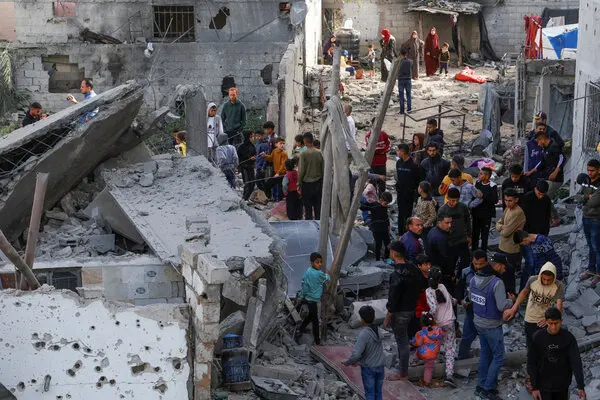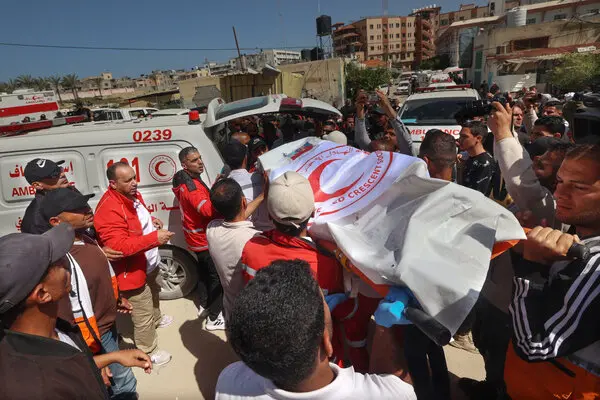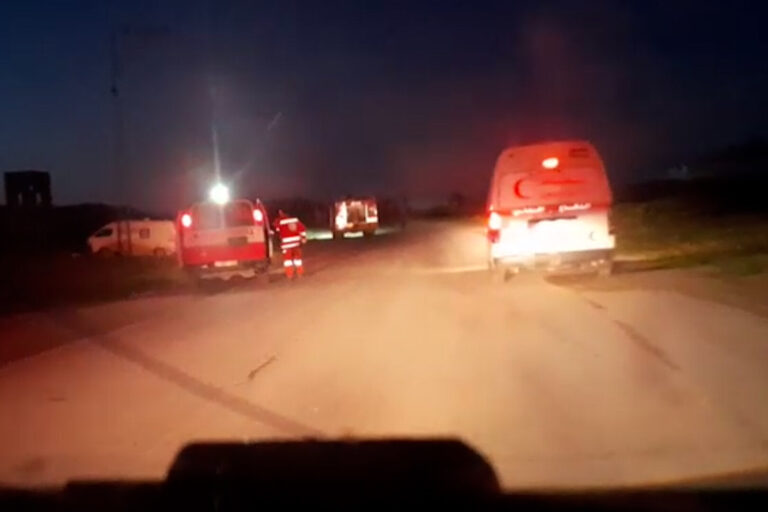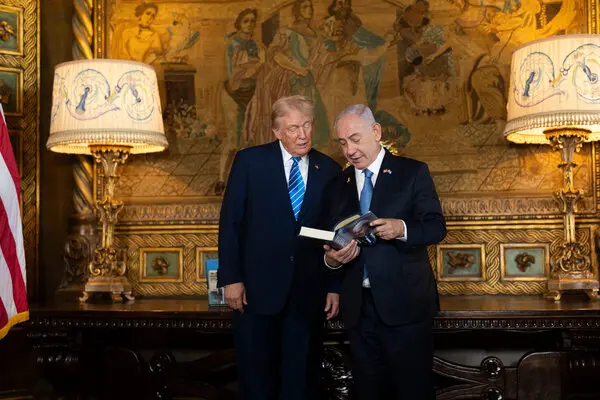Prime Minister Benjamin Netanyahu said Israel had seized a piece of land that could separate one of Gaza's largest cities from the rest of the enclave.

Prime Minister Benjamin Netanyahu announced on Wednesday that Israel was seizing territory in the Gaza Strip, hours after his government outlined plans to seize large parts of the enclave.
The announcement adds to growing concerns among Israeli officials in recent days that Israel will change its tactics to hold territory in the Gaza Strip, at least temporarily, in an attempt to pressure Hamas to vacate remaining hostages. Officials also put forward a vision of a post-war Gaza Strip in which the Palestinians would be relocated elsewhere – an idea that has been roundly rejected by much of the world.
Mr Netanyahu said holding the territory was intended to push Hamas to return at least 59 remaining hostages seized by the group and its allies on Oct. 7, 2023. “The pressure will increase until they hand them over,” he said in a videotaped statement.
During the 15-month military campaign that preceded the January truce, Israeli troops stormed Gaza cities and then retreated, leaving behind massive destruction but allowing Palestinian militants to regroup amid the rubble.
Within weeks of the ceasefire agreement, many Gazans returned home, but in mid-March, Israel resumed its attacks.
Now the military appears to be planning to deploy troops to the captured territory. Defense Minister Israel Katz said Wednesday that the newly captured areas would be “added to the security zones” the military currently maintains in Gaza, including a buffer zone along the enclave’s borders with Egypt and Israel, as well as much of a key road in the center of the enclave.
Mr Netanyahu said Israel would create a corridor that he hinted would cut off the southern town of Rafah from the rest of the strip. The so-called Morag corridor appears to take its name from a former Israeli settlement in southern Gaza that Israel withdrew from in 2005.



